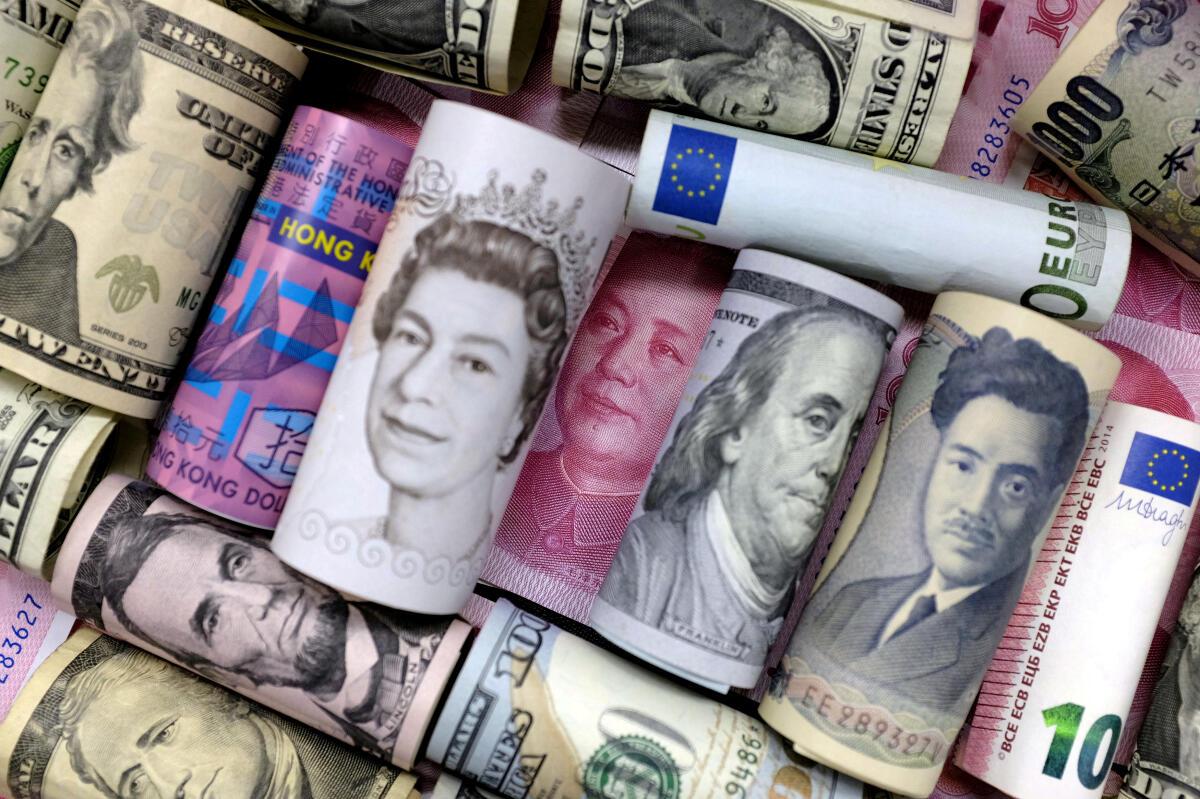
Data | Strengthening dollar shrinks foreign reserves across nations
The Hindu
While the fall of the rupee has been relatively moderate, the pace at which India’s foreign exchange reserves are dwindling is a cause for concern
The rupee’s weakening exchange rate and the pace at which India’s foreign exchange reserves are dwindling are back in focus. The Ukraine crisis and the U.S. Federal Reserve’s aggressive monetary tightening have led the rupee to depreciate past the 82 per dollar mark, while India’s reserves have shrunk to a two-year low.
Reserves include foreign currency assets, gold, special drawing rights with the International Monetary Fund, and reserve tranche position. These external assets, controlled by the monetary authority, are used to absorb shocks during times of crises; provide confidence to the market that external obligations can be met; and build capacity for intervention in foreign exchange markets.
Forex reserves are a crucial indicator of a country’s economic health and its import capacity. As per a Bloomberg report, dwindling forex reserves have led to a shortage of dollars in many import-reliant economies. As a result, countries that are dependent on overseas food purchases are finding it hard to pay for commodities such as rice and wheat.
The Fed’s steep increases in interest rates have made the dollar more attractive. Consequently, the dollar index has soared by 15% this year – a two-decade high – while other currencies have declined.
Strong currencies such as the pound (-21.62%) and euro (-17%) have also weakened against the dollar. The Japanese yen, considered a safe haven, has slipped to a 24-year-low. Several currencies, like the rupee, have touched their all-time lows, but the fall of the rupee has been relatively more moderate. Chart 1 shows the change in a currency’s value against the dollar in 2022 (data till October 7).
Chart appears incomplete? Click to remove AMP mode
Central banks across the world have stepped in to defend their currencies. As a result, reserves have depleted by more than $100 billion each in China, Japan, Switzerland and Singapore. While Singapore’s reserves saw the sharpest decline in percentage terms, China’s fell the most in absolute terms. As the yen breached the 145 per dollar mark, Japan’s reserves fell by $54 billion in the last one month. Table 2 lists the drop in reserves in absolute terms and the percentage change in 2022. It also lists the total reserves available.













